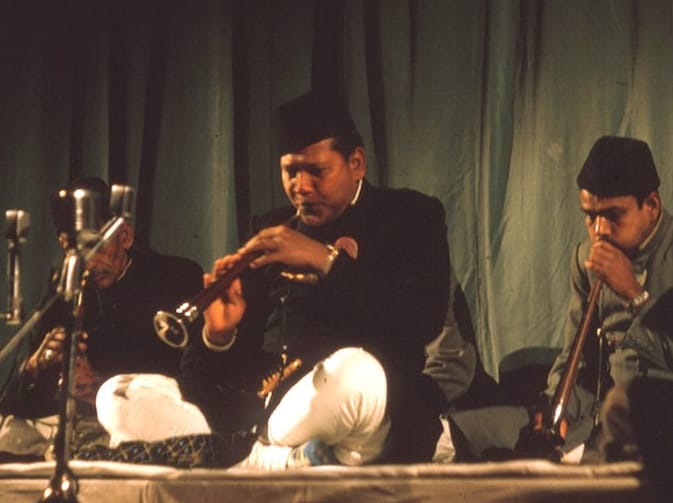The Shehnai’s Vibrant Presence in Indian Festivities

In the realm of North Indian classical music, there exists an instrument that holds a special place, not only for its melodious tones but also for its cultural significance and emotive power. The Shehnai, with its hauntingly beautiful sound, has captivated audiences for centuries, weaving its magic in ceremonial and festive occasions alike. In this article, we delve into the origins, construction, playing technique, and cultural significance of this iconic double-reed wind instrument.
Origins and Evolution
The roots of the Shehnai can be traced back to ancient India, where it is believed to have evolved from the Persian instrument called the Zurna. Over time, the Shehnai underwent modifications and adaptations, ultimately acquiring its distinctive shape, structure, and tonal quality. Its name is derived from the Persian words “sheh” meaning king and “nai” meaning flute, reflecting its regal stature and melodious nature.
Historically, the Shehnai found its place in the courts of Indian rulers, where it was played to signify auspicious occasions, royal processions, and religious ceremonies. Its association with weddings, temple rituals, and festivals further solidified its position as an instrument of joy, celebration, and spiritual reverence.
Construction and Design
The Shehnai is crafted from a single piece of wood, typically made from seasoned ebony, rosewood, or teak. It features a conical bore, which tapers gradually from a wider opening at the top to a narrower end where the double reed is attached. The body of the Shehnai is intricately carved and decorated with ornate designs, reflecting the craftsmanship and aesthetic sensibilities of its makers.
At the top of the instrument, there are seven finger-holes along with one thumb-hole, which the musician uses to produce different pitches and melodies. The double reed, made from a combination of cane and metal, is essential for generating the distinctive timbre and resonance of the Shehnai.
Playing Technique and Sound
Playing the Shehnai requires a high level of skill, breath control, and dexterity. The musician holds the instrument at an angle, with the narrower end inserted into the mouth. By blowing air through the reed and manipulating the finger-holes, the musician produces a wide range of notes, from deep, resonant tones to piercing, high-pitched sounds.
The Shehnai is known for its ability to mimic the human voice, with its expressive nuances and dynamic range. Its plaintive wails and joyful trills evoke a myriad of emotions, ranging from longing and nostalgia to exuberance and ecstasy. In the hands of a masterful player, the Shehnai becomes a vessel for storytelling, conveying tales of love, devotion, and spiritual transcendence.
Cultural Significance
Beyond its musical prowess, the Shehnai holds deep cultural and religious significance in Indian society. It is often associated with auspicious occasions such as weddings, where it is played to herald the arrival of the bridal procession and invoke blessings for the newlyweds. Its soul-stirring melodies are believed to bring harmony, prosperity, and good fortune to the couple and their families.
In religious ceremonies and festivals, the Shehnai is used to accompany devotional hymns, prayer chants, and processional rituals. Its sacred sound is believed to purify the atmosphere and create a sense of spiritual upliftment among the devotees. During festivals like Diwali, Holi, and Navratri, the Shehnai adds an aura of grandeur and festivity to the celebrations, serving as a unifying force that transcends cultural boundaries.
Legacy and Influence
The legacy of the Shehnai has endured through the ages, leaving an indelible mark on Indian music and culture. Its influence can be heard not only in classical compositions but also in contemporary film scores, fusion music, and popular songs. Artists like Ustad Bismillah Khan, who was revered as the “Shehnai Maestro,” elevated the instrument to new heights of virtuosity and artistry, earning global recognition and accolades.
Today, the Shehnai continues to enchant audiences around the world, enchanting listeners with its timeless melodies and evocative charm. Whether played in the tranquil settings of a temple courtyard or the bustling streets of a wedding procession, its ethereal sound resonates with the collective spirit of humanity, transcending barriers of language, culture, and creed.





